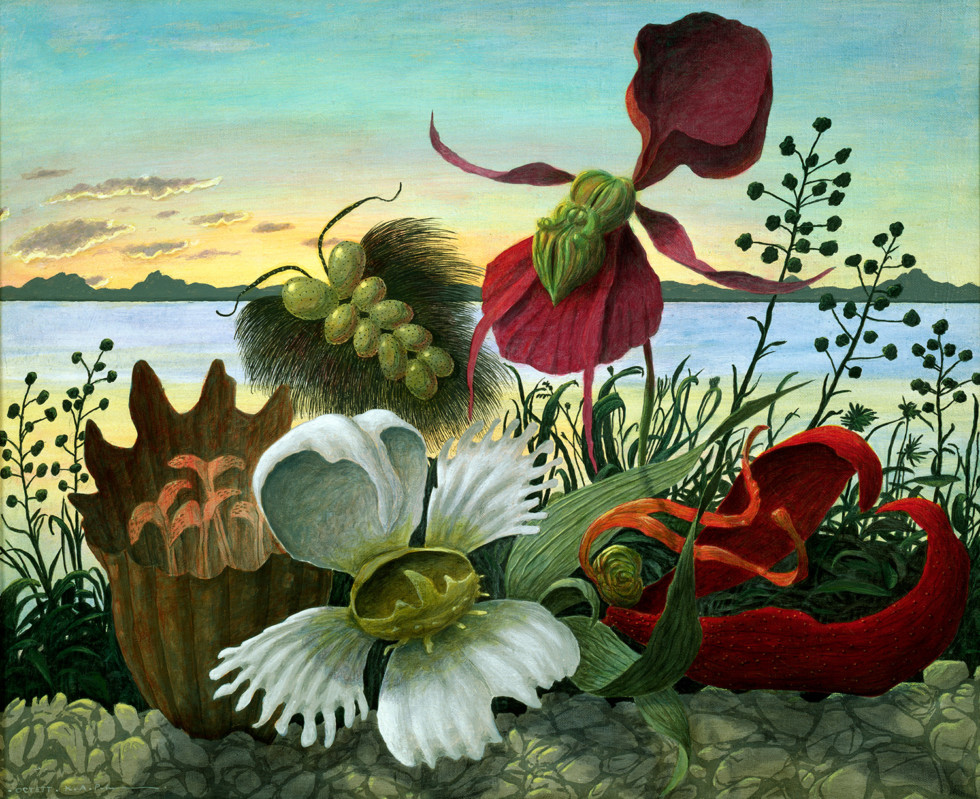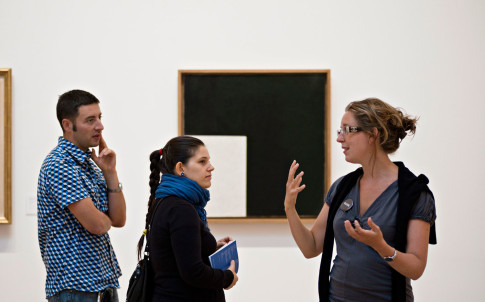
Karl Axel Pehrson, Octett, 1976 © Karl Axel Pehrson / Bildupphovsrätt 2024
Surrealism in the Moderna Museet Collection
26.10 2024 – 18.1 2026
Stockholm
The collection
Surrealism was an intellectual, literary, and artistic movement, which aimed to change society and free the individual. In its first manifesto from 1924, André Breton defines it as a way of thinking beyond rationality, stripped of aesthetic and moral obligations. As it was never a well-defined style, but rather an approach it has continued to inform art history and remain relevant.
The exhibition follows in the wake of the best-known works of classical surrealism by later artists that are dealing with the subconscious, the irrational, and the darker, violent aspects of a craving culture. These works also highlight the way the surrealists’ radical experiments with automatism, games and randomness are applied within the Fluxus movement and minimalism, as well as in the AI-generated sound and imagery that we are confronted with today.
Included in this exhibition is a large number of works from the Moderna Museet collections, select works on loan and examples from literature and film. Represented are, among others, Maya Deren, Rebecca Horn, Wifredo Lam, Renée Magritte, Joan Miró, Meret Oppenheim, Robert Rauschenberg, Dorothea Tanning and Toyen.


